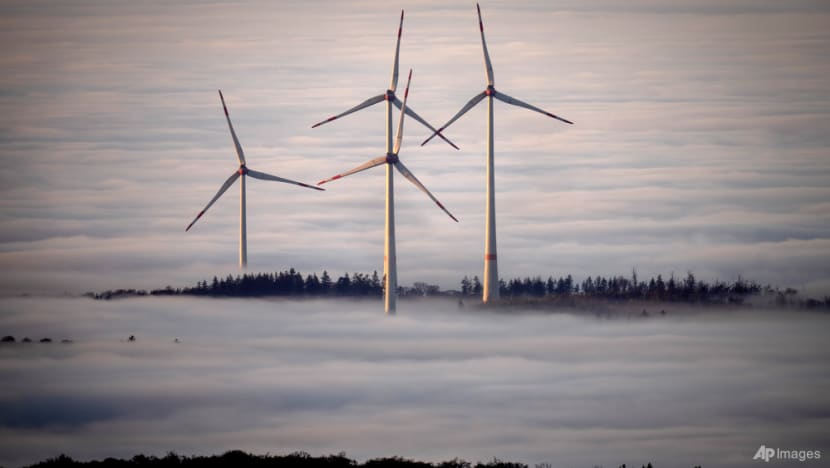EU hopes to revive its steel industry amid growing competition, US tariff war
The European Union’s share of global steel production has slipped to less than 8 per cent over the past decade, and officials want to revive it.


This audio is generated by an AI tool.
BRUSSELS: Producers in Europe’s steel and metals industry are feeling the heat from soaring electricity prices and global overcapacity, according to the European Commission (EC).
Officials estimate that the European Union’s (EU) share of global steel production has slipped over the past decade.
It now stands at less than 8 per cent, amid growing competition from countries like China and India.
The EC has launched an Action Plan on Steel and Metals to boost competitiveness, and address energy costs and overcapacity in the sector.
Stephane Sejourne, the EC’s executive vice-president for prosperity and industrial strategy, said a response is needed to prevent the bloc from losing its production capacity.
The EC is also aiming to tighten import controls as it seeks to toughen up this industry.
“We need to protect our steel mills from unfair foreign competition - wherever it may come from. Europe must be a global steel player, not a playground for companies and producers,” said Sejourne.
Observers said the bloc’s steel and metals sectors are vital for Europe’s automotive, construction and defence industries.
REVIVING PRODUCTION
The EU is promising millions of dollars to help build a stronger and cleaner metals sector.
These include enhancing measures such as the Action Plan for Affordable Energy and the Clean Industrial Deal, which focus on decreasing energy costs and turning decarbonisation into a driver of growth.
Poland’s Minister for EU Affairs Adam Szłapka said strengthening the circular economy in Europe is also important to making the steel and metals industry competitive.
The EC is planning to promote “circularity” by setting targets for recycled steel and aluminium in key sectors, and look into requirements for recycling or recycled content in the production of goods like electronics.
“Recycling steel and aluminium can bring considerable energy savings up to 95 per cent for aluminium and yet we see that increasing amounts of scrap metal are exported,” said Szłapka.
The EC is also seeking to improve grid access for producers facing soaring electricity prices, in a bid to lower energy costs.
It has encouraged member states to cut network tariffs and supported the use of low-carbon hydrogen.
The EC said that lowered network tariffs can reduce the volatility of electricity prices faced by producers, as energy costs make up a greater share of production costs for metals as compared to other sectors.

“We need to look at innovative mechanisms to bring low prices from renewable electricity to industry consistently,” added James Watson, director general of the European Metals Association (Eurometaux).
CHALLENGES TO RECOVERY
However, ongoing tariffs imposed by the United States could affect the EU’s recovery efforts.
While US President Donald Trump has provided a 90-day reprieve for some of the tariffs he has introduced over recent weeks, a 25 per cent duty on European steel and aluminium imports remains in effect.
The EU has estimated this tariff on steel and aluminium goods to be worth US$28 billion, according to EC President Ursula von der Leyen.
The EU also fears Trump tariffs could see other metal-exporting nations divert and dump their supplies on the European market.
However, some industry experts said Europe should not engage in a trade war even as it defends its own industry.
Some argued that it should look at rebalancing and defending industry interests.
Eurometaux’s Watson said: “We think there should be an increase in things like state aid ... whilst we have very high energy prices in Europe.”













